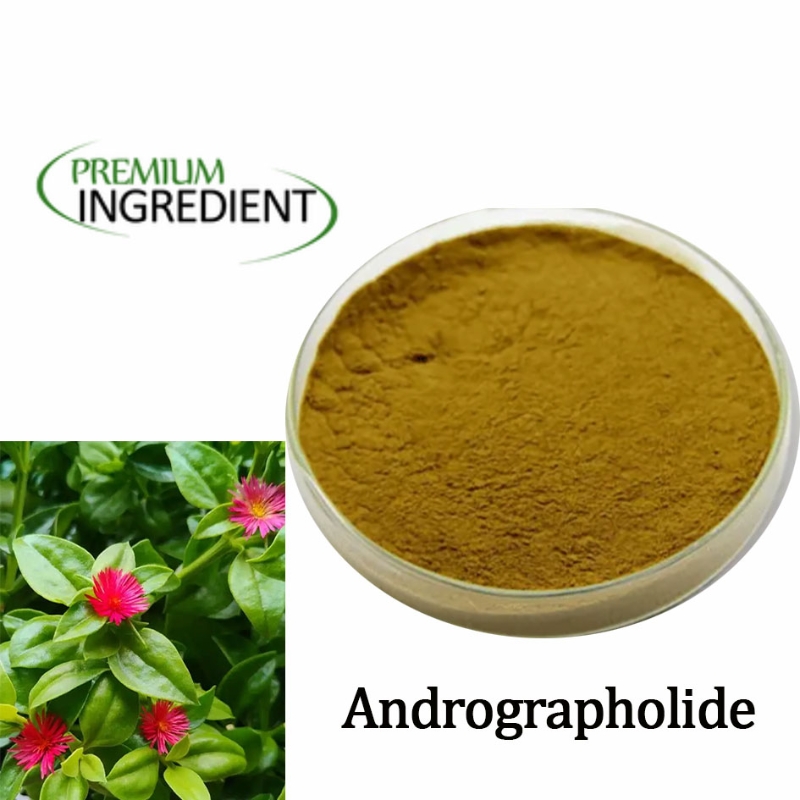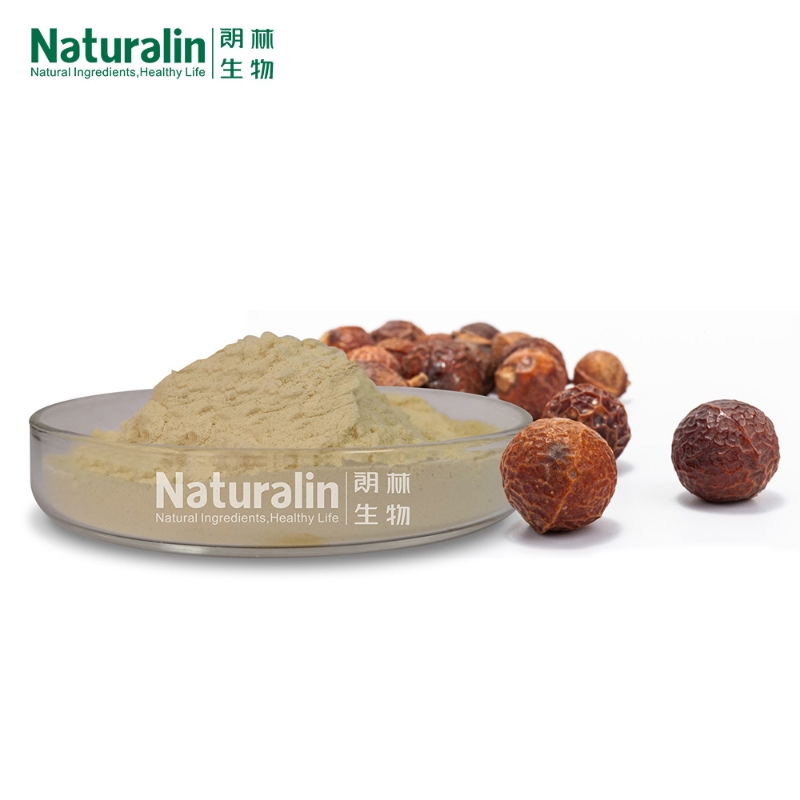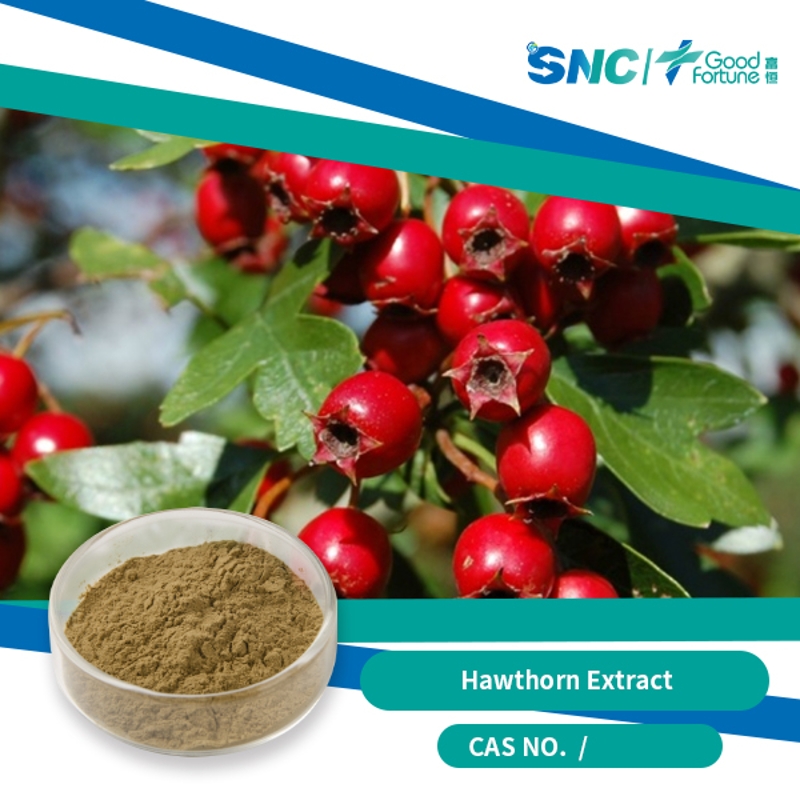-
Categories
-
Pharmaceutical Intermediates
-
Active Pharmaceutical Ingredients
-
Food Additives
- Industrial Coatings
- Agrochemicals
- Dyes and Pigments
- Surfactant
- Flavors and Fragrances
- Chemical Reagents
- Catalyst and Auxiliary
- Natural Products
- Inorganic Chemistry
-
Organic Chemistry
-
Biochemical Engineering
- Analytical Chemistry
-
Cosmetic Ingredient
- Water Treatment Chemical
-
Pharmaceutical Intermediates
Promotion
ECHEMI Mall
Wholesale
Weekly Price
Exhibition
News
-
Trade Service
The selectable marker gene so far most frequently used in plant transformation experiments is the well-known
npt
II or neomycin phosphotransferase II gene, also referred to as
aph
(3′)II or aminoglycoside phosphotransferase II (
1
). Derived from the bacterial transposon Tn5, the gene product (E.C.2.7.1.95) transfers the γ phosphate group of ATP to a specific hydroxyl group of aminoglycosidic antibiotics. In this way, it detoxifies neomycin, kanamycin, G418, as well as paromomycin. Plants expressing the enzyme can tolerate certain concentrations of these antibiotics which lead to bleaching and growth inhibition in nontransformed plants. In many cases, kanamycin sulfate is a suitable additive for selective plant media, but which of the selective agents results in the most reliable distinction between sensitive and resistant cells must be evaluated for the specific plant material under investigation. Although quantification of gene expression and its tissue specificity in plants are routinely determined by the use of the β-glucuronidase (GUS) reporter gene, there are still some applications where the level of gene expression originating from the selectable marker is of interest. Several protocols for in vitro assays of NPTII activity have been published (
2
–
11
). All are based on the transfer of the
32
P-labeled γ phosphate group from ATP to kanamycin (
2
), with the drawback that other phosphorylation reactions result in additional labeled products. Therefore, assays specific for neomycin phosphotransferase require a protein separation prior to the reaction and/or a separation of the reaction products. Protein separation has been achieved by gel filtration (
3
), nondenaturing gel electrophoresis (
4
), phenol extraction (
9
), or immunoaffinity purification (
10
). Reaction products can be distinguished by paper chromatography (
3
), thin-layer chromatography (
7
), or by the strong binding of the positively charged kanamycin to phosphocellulose ion-exchange paper (
2
,
4
,
5
,
8
–
11
) in combination with passage through nitrocellulose (
6
). As usual, each procedure encompasses a certain combination of benefits and obstacles. Immunopurification of the NPTII enzyme (
10
) makes the assay sensitive and specific, but requires some additional handling and expensive chemicals. If the molecular weight of the NPTII protein is of importance, e.g., in translational fusion markers (
12
), the sensitive assay using electrophoretic separation followed by an
in situ
reaction and subsequent blotting of the reaction products (
4
) can be applied, but this requires time and substantial amounts of radioactivity and limits the sample number. A recently published protocol describes a qualitative assay for NPTII activity without the necessity to prepare plant extracts and with the potential to analyze GUS activity in parallel (
11
).







